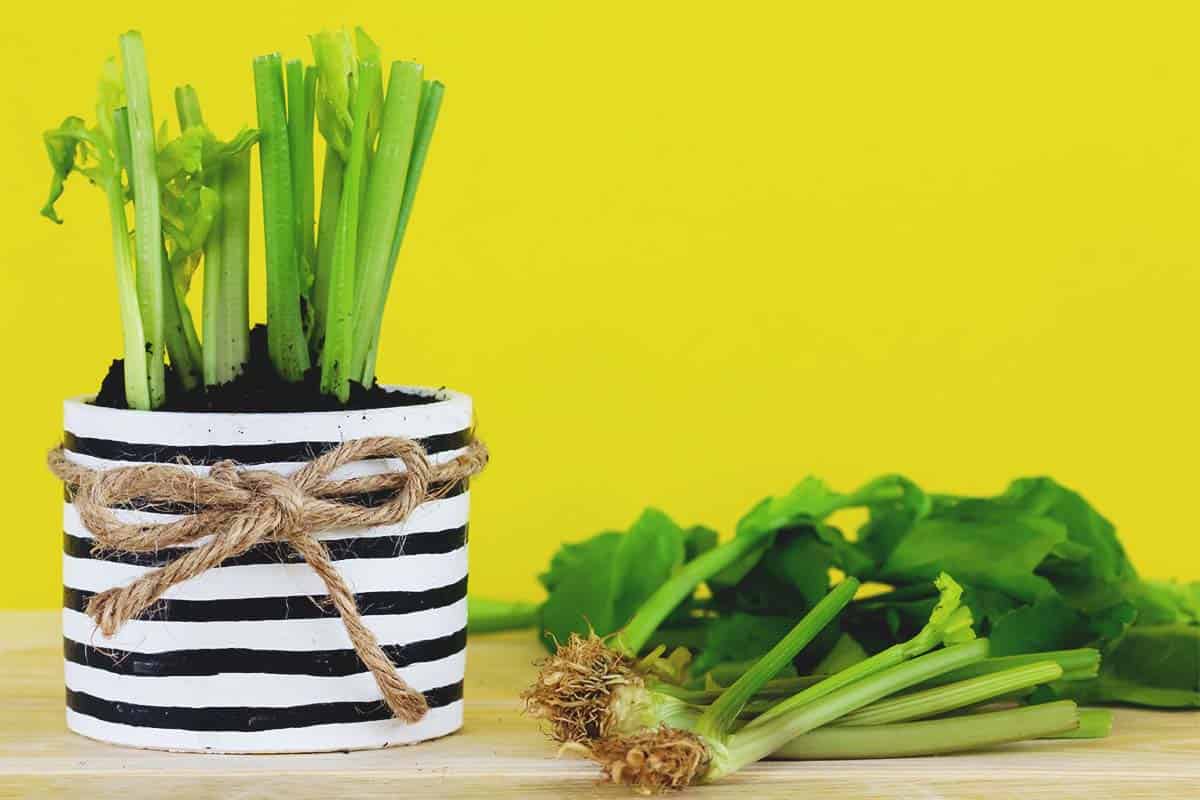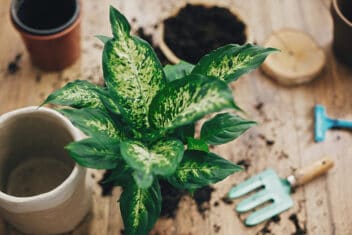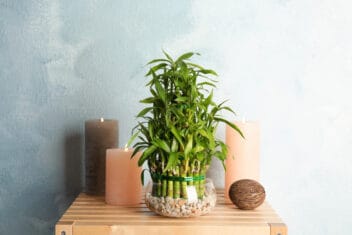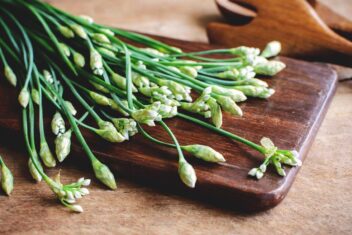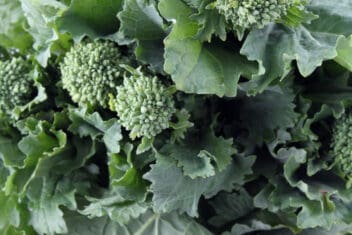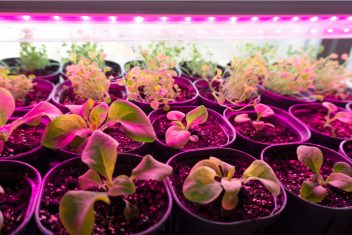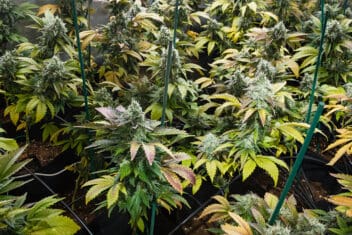Don’t toss all those meal prep dinner scraps into compost bin just yet! It’s possible to regrow scraps from a variety of fruits and veggies using those bits and pieces left behind.
Wait? Huh? Can you regrow food from scraps!? Absolutely! Select the right part of the plant, and you can get twice as much bang for your buck.
In some cases, it’s as easy as saving the root portion of the plant and letting it grow anew in water. Some plants require a bit more effort to regrow or re-sprout, but what’s a bit of extra work if it means benefitting from something twice over?
Plants That You Can Regrow From Scraps
Honestly, I’ve been gardening for a little over a decade now, and it all still seems miraculous that you can regrow scraps into fully-fledge fruits and vegetables.
One thing to note is that any plant that you regrow in water, like green onions or lettuce, for instance, can only get so big. That’s because water doesn’t have the nutrients necessary for the veggies to mature.
For that to happen, you either need to put the plant in soil or start fertilizing the water – basically making a hydroponic system.
Still, something is better than nothing, right? Especially when it’s free.
Here are 21 plants you can regrow from kitchen scraps:
1. Lettuce and Leafy Greens
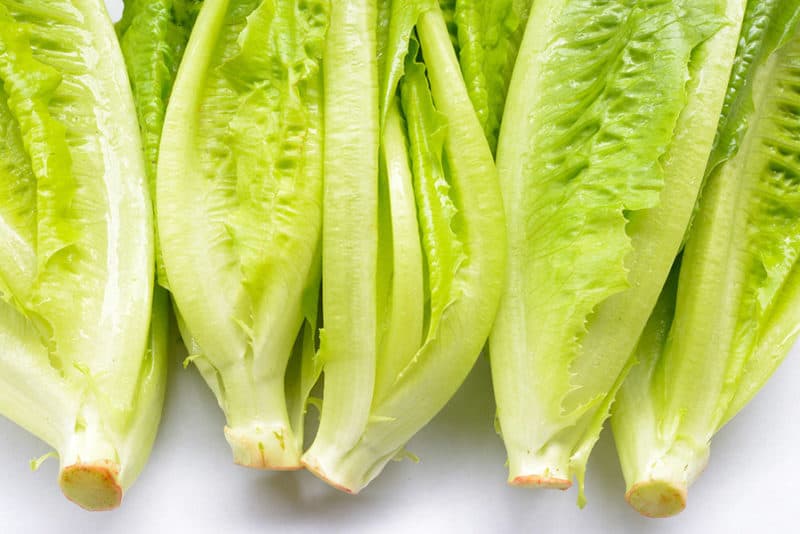
Lettuces are really easy to grow anyway, so it’s hardly surprising that you can get a new lettuce harvest from scraps. In fact, most leafy greens will net you multiple harvests, even after they’ve been plucked from the earth.
Leafy lettuces like romaine, iceberg, and endive can be harvested in a cut and come again fashion, of course, but head varieties can be grown entirely anew using scraps. Place the root end that you usually toss out in water, and eventually, you’ll discover new leaves emerging.
You won’t get a whole new head of lettuce, but you’ll at least get enough to make a sandwich or two.
2. Bok Choy
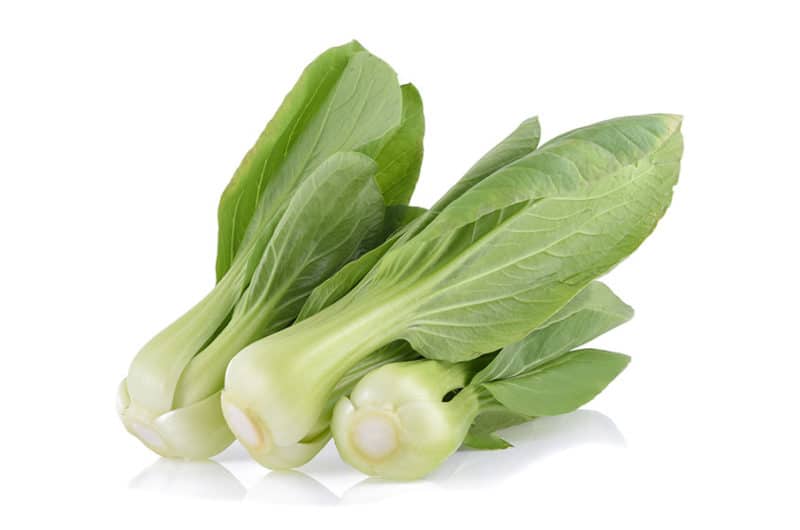
Pac Choi or bok choy is also easy to regrow from scraps. As long as the bottom portion of this Asian vegetable is still around, you can root it in water and watch as the leafy portion regrows almost as if by magic.
Again, you won’t get a whole new plant, but you’ll get a few leaves and all you need is some water and something you were going to throw out anyway.
3. Celery
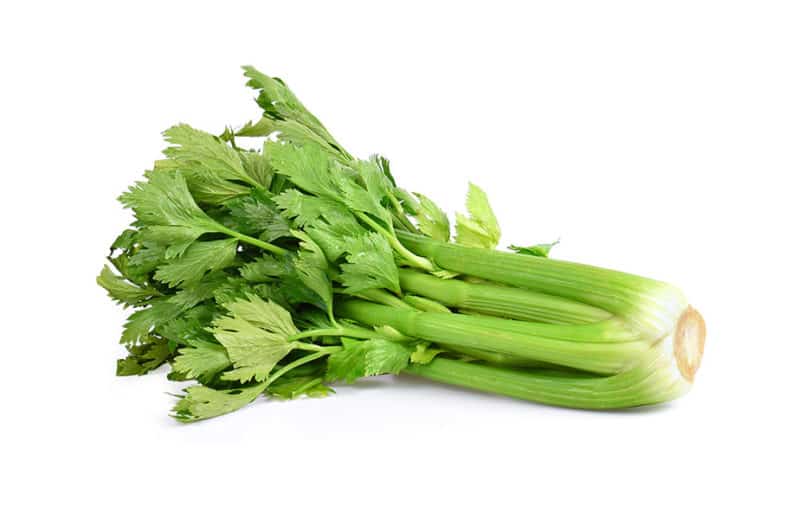
I find celery a bit tough to grow. It needs a whole lot of water, and I often feel wasteful watering as often as I need to in the sweltering heat at the height of the summer.
Home cooks know too well, though, how vital celery is as an ingredient. The essential flavoring agent is a necessary part of mirepoix—the basis for many dishes. It’s also an ingredient that provides plenty of texture, and it’s used across world cuisines. Plus, who doesn’t to snack on crunchy celery!?
I love slathering pieces in peanut butter. Celery is the perfect delivery mechanism for a variety of spreads, a little boat with a snappy consistency.
It’s super easy to regrow this vegetable from scraps, though. Cut off the bottom piece and place it in water to re-root. It’ll need plenty of sun, so put it in a sunny windowsill, and eventually, you’ll find it sprouting new leaves. Planted in the garden, you’ll be rewarded with a whole new plant.
4. Tomatoes
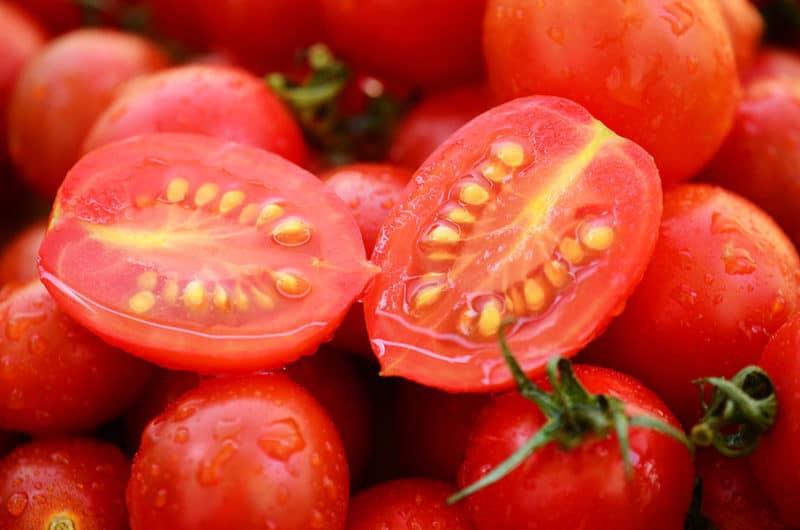
Lots of us toss out tomato seeds while we’re cooking. Next time, save them to start a new plant.
I love doing this with new varieties of tomatoes I discover through my favorite CSA basket. Not sure how to go about saving tomato seeds? Check out our handy guide, which includes four methods for doing so.
5. Peppers

Peppers seeds are even easier to save. Why waste all those tiny seeds by chunking out leftover pepper rind? Keep those seeds and regrow your favorite varieties.
Since most people tend to leave out seeds in the cooking process (unless you like things super spicy), it’s easy to scoop out the seeds, dry them, and save them for when the next growing season comes around.
6. Avocado

Technically, you can grow avocado from its ginormous seed left behind after you’ve made and devoured delicious guacamole. It’ll take a long time to see measurable results, though.
Suspend the seed over a water source (a cup or bowl full of water will do). Use toothpicks to keep it in place and stick the DIY sprouting station in a warm location that receives bright indirect sunlight.
It can take a month or more for the seed to sprout. And once sprouted, it’ll likely take years before you ever harvest a full avocado. Even if you do everything right, the chances of getting a viable avocado tree are pretty slim.
Still, it’s possible to grow avocado trees from seed and it’s also a fun project for kids. Worth a try!
7. Potatoes
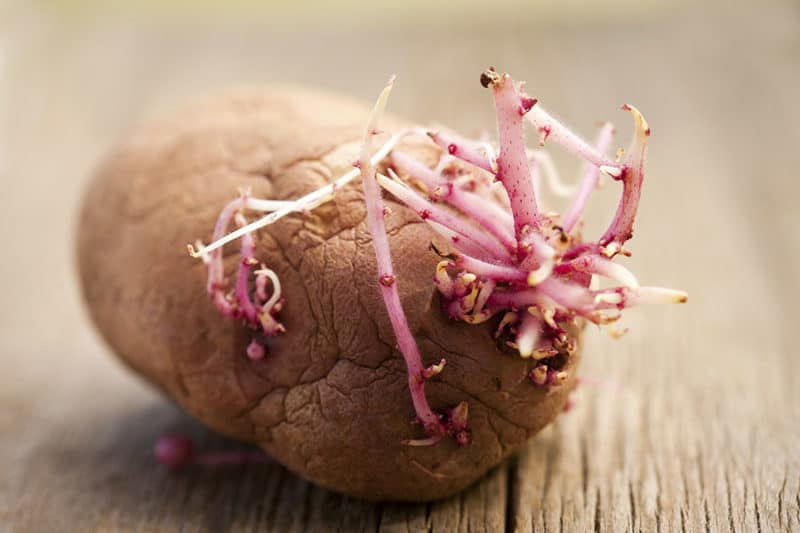
Don’t throw out that bag of potatoes full of taters that are slightly soft and riddled with eyes. Those sprouts peeking out of the bag are signs of life!
If the time of year is right (e.g., it’s not the dead of winter), you can plant those sprouted spuds in the ground or in containers and net a sizeable reward at the end of the season.
While many store-bought potatoes are treated to prevent sprouting, when it happens, and it’s the perfect opportunity to avoid waste and multiply your potato supply. If you’re new to potato growing, check out our potato grow guide for information on how to succeed with this root crop.
8. Garlic
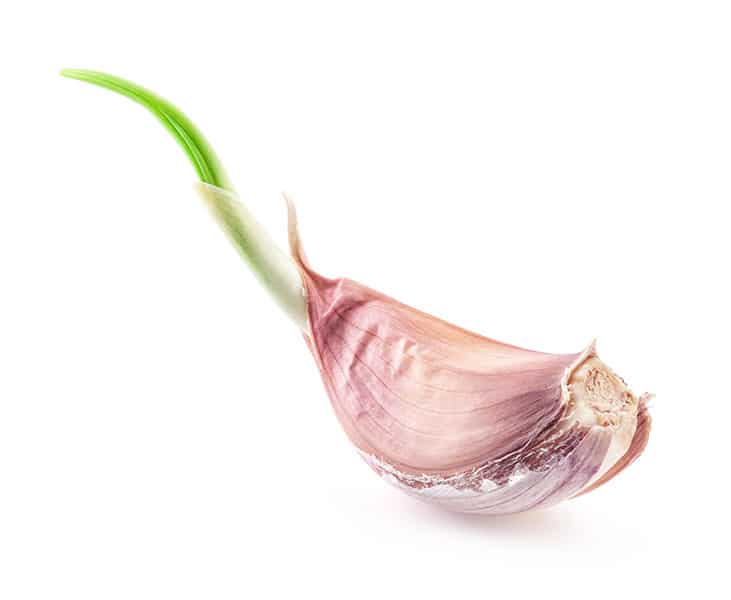
Even in the depths of your fridge, garlic can begin to sprout. The green tips might not appear super appetizing, but these sprouted cloves can be planted in your garden either in the spring or fall.
Garlic is worth planting even if you have access to a steady supply of it at the supermarket, a nearby farm, or a farmer’s market. The delicious, tender scapes that reveal themselves mid-season are a real delicacy that’ll cost a pretty penny outside of your garden.
9. Onions
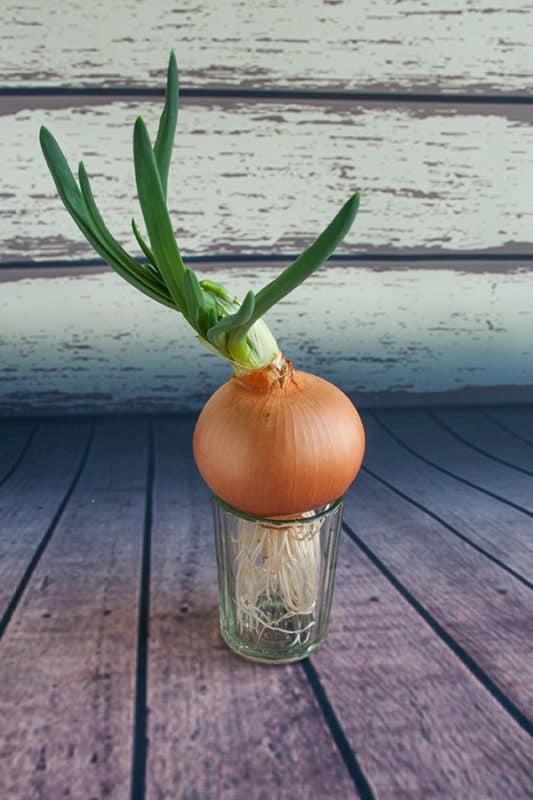
Sprouting onions in your cabinet are also plantable—like garlic and potatoes. You can regrow the scraps by rooting them in a shallow water dish or plant them straight into the ground to grow anew.
Why bother? You’ll get a head start on the growth cycle and the onion won’t go to waste.
10. Shallots
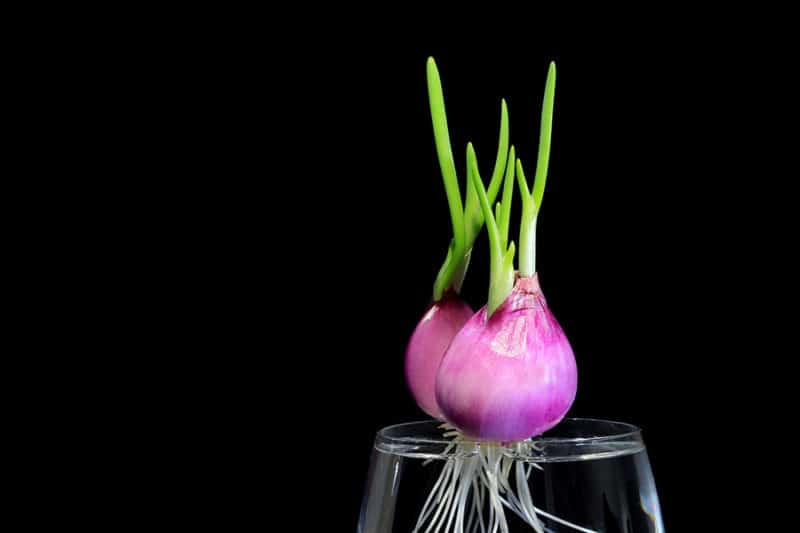
Of the allium family, shallots are a little different than onions in terms of flavor and growth habit. You can start them similar to onions by putting the root end in water.
Once they develop new root,s plant sprouted shallots in a patch of your garden and watch them multiply over time. You’ll enjoy a more abundant harvest as the years go on.
11. Ginger
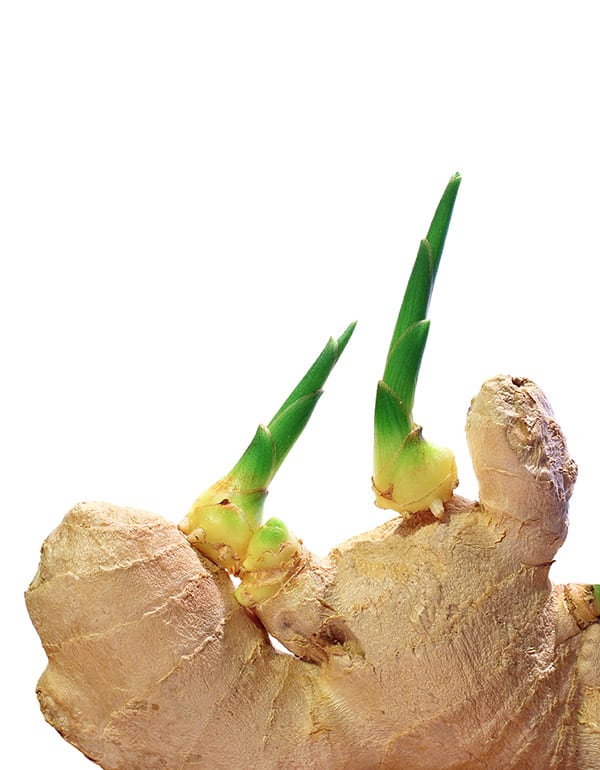
I absolutely hate fresh ginger but if—unlike me—you’re a ginger lover, you can use leftover root to regrow the plant. To re-sprout and grow another ginger plant, place a piece of ginger root into potting soil with buds positioned upward.
After a week or so, you should notice green growth. At this point, you can plant it in the ground.
12. Cherries
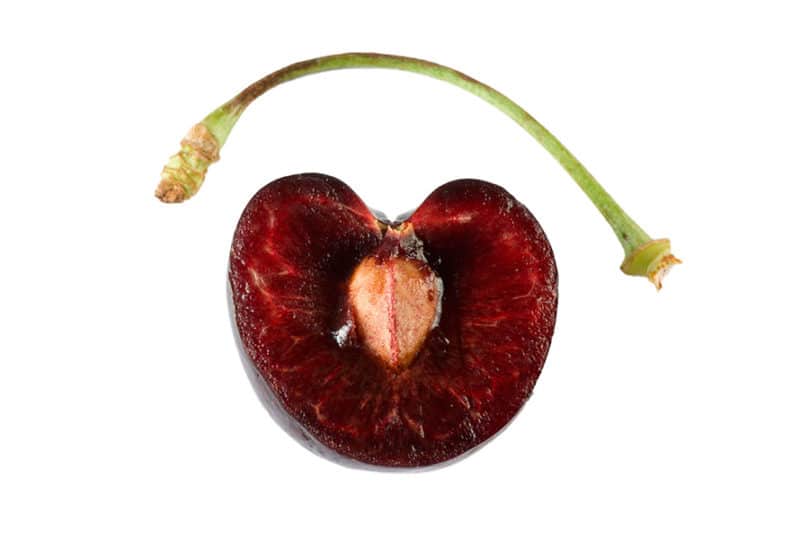
While it isn’t a quick project, you can grow a cherry tree using the pit of a cherry fruit. Clean the gunk off the pit, stick it in some soilless potting mix, and put it in the refrigerator for a month.
Now it’s ready to go outside in the garden in the spring.
13. Peaches and Apricots
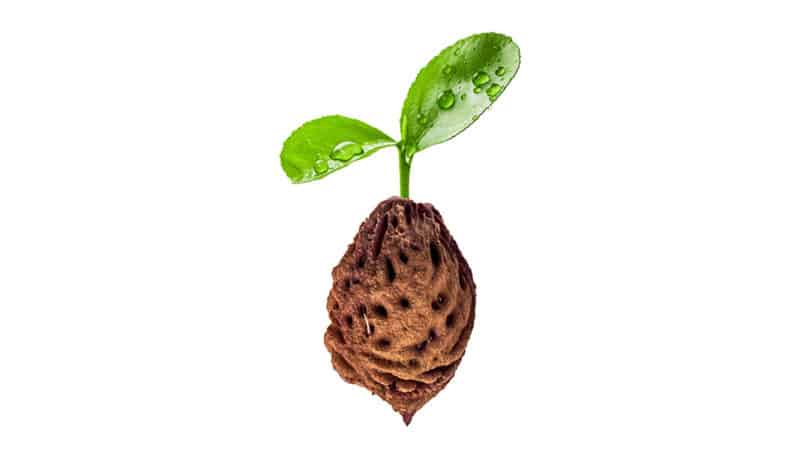
Like cherries, you can grow a peach or apricot tree using the pit that you normally toss out. It will take a few years to start harvesting fruit, but it doesn’t cost you anything but time (and a little water).
Clean and dry out the pits. Then, plant them in full sun in nutrient-rich soil.
14. Turmeric
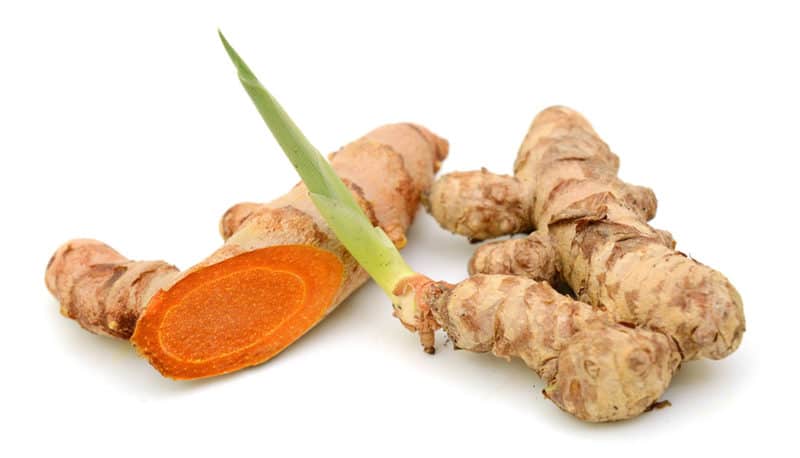
Like ginger, turmeric is a rhizome that can easily be propagated from leftover bits of the root. Get multiple generations of this superfood by always making sure to keep aside some scraps to regrow.
15. Squash and Melons

I have a true story for you. My husband once grew watermelon and later a pumpkin without even lifting much of a finger. The first time, he spat watermelon seeds into a patch of dirt outside his home, and then in the summer, when the heat was bearing down on the town, vines mysteriously appeared.
They consumed almost an entire flower patch, and his family wondered what the heck was growing there. A weed? An invasive ivy species? Not avid gardeners, they only realized what it was when they spotted the fruit at the end of the season.
A big juicy watermelon eventually revealed itself like something out of a fairy tale. Later, tossed pumpkin seeds resulted in a pumpkin vine and soon enough a pumpkin. Around Thanksgiving, we were treated to a tasty pumpkin pie (and it all ended in disaster, but that’s a whole other story!).
The point is, save the seeds from your squash and melons. As you can tell, they’re extremely easy to germinate.
16. Herbs
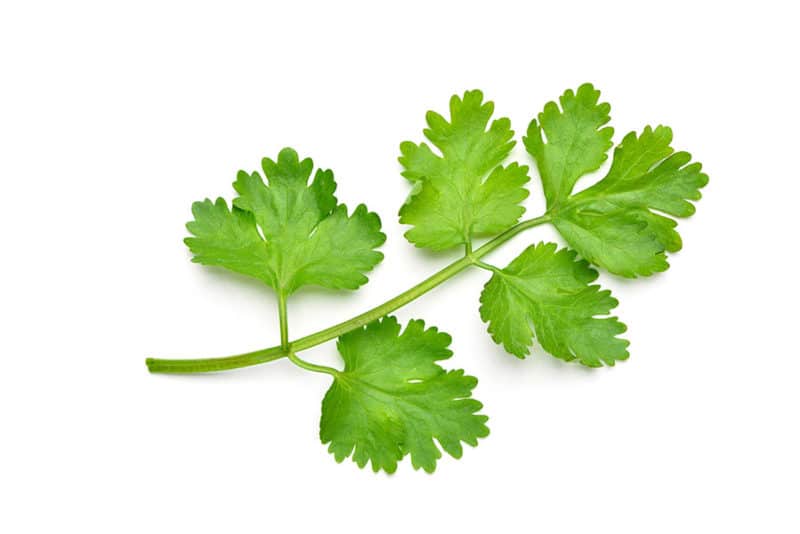
I’ve just started to experiment with propagating herbs, and boy is it a lot of fun to watch as tiny roots emerged from cuttings placed in water. I’m still in awe when I see seeds sprout, but I was floored when I noticed little hairs coming out of a cut piece of cilantro I plunked into a glass of water weeks ago.
The thought that I could create a whole new plant from a cutting seemed like cheating some sacred lifecycle, but it is absolutely possible.
Rooted cuttings can then be transplanted into potting soil, and you’ll enjoy a whole new herb plant. Herbs that will easily re-root include basil, mint (careful, mint is invasive, so be sure to plant in containers), parsley, cilantro, and thyme.
17. Green Onions
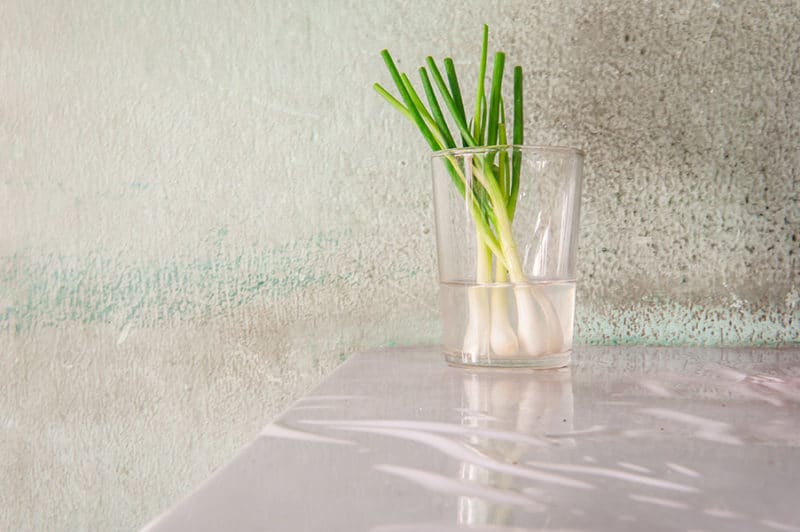
Green onions are one of the easiest plants to regrow from scraps. You know those little rootlets that you chop off before using green onions? Save them.
Put the roots in water with the top of the plant sticking out of the water. Change the water every few days, and before you’ll know it, you’ll have a new green onion.
18. Pineapples
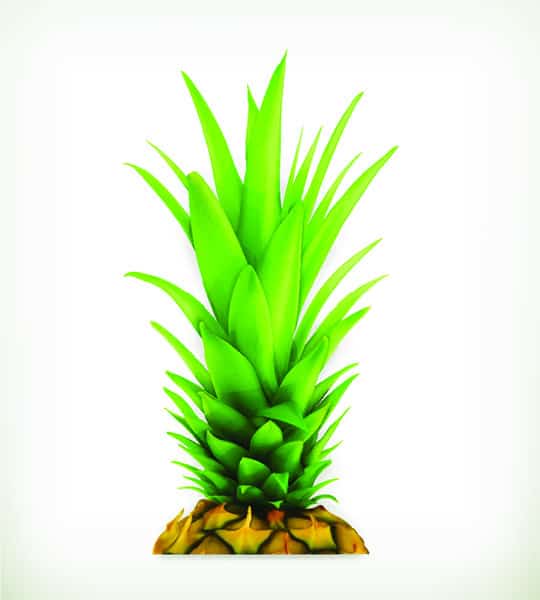
Could you imagine it’s possible to grow a pineapple using the leaves at the top of the plant? It is!
You need to remove all of the fruit. If any fruit is left, the plant will rot. Once that’s done, remove the first few bottom layers of leaves. You’ll see little rootlets underneath.
Insert a few toothpicks in the leaves to hold it out of the water, and submerge just the bottom inch of the plant. Put it in direct sunlight and change the water every few days.
Once the roots start to emerge, put it in soil, and watch it grow.
19. Fennel
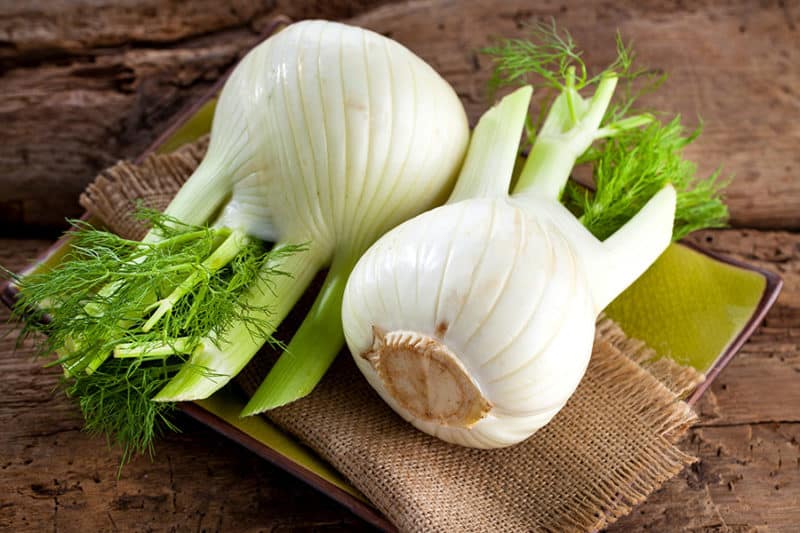
Usually, when I prep fennel, I cut off the bottom inch or so where the hard root base is. Instead of throwing that bit out, you can use it to create a new fennel plant.
Place the base in water with the tops out of the water and place it in sunlight. Change the water every few days and wait for new leaves and roots to emerge.
Once they do, you can put the plant in some soil.
20. Mushrooms
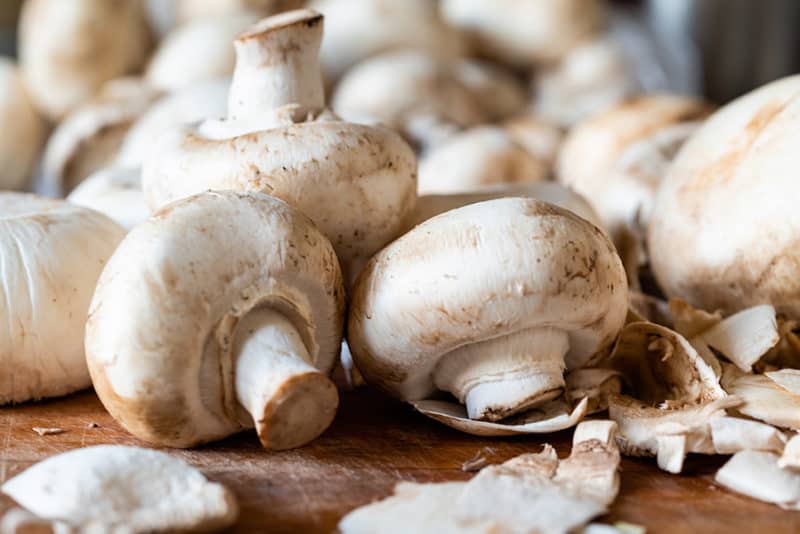
Admittedly, mushrooms aren’t the easiest plants to re-grow, but it’s totally possible if you want to make the effort.
You’ll need to find a warm, humid area with nutrient-rich soil. Plant the stalk after removing the head, with the base of the stalk under the soil and a bit of the head sticking out.
Kept moist and warm enough, a new head will emerge—or the stem will start to rot. Either way, you should know if you succeeded within a week or so.
21. Root Vegetables
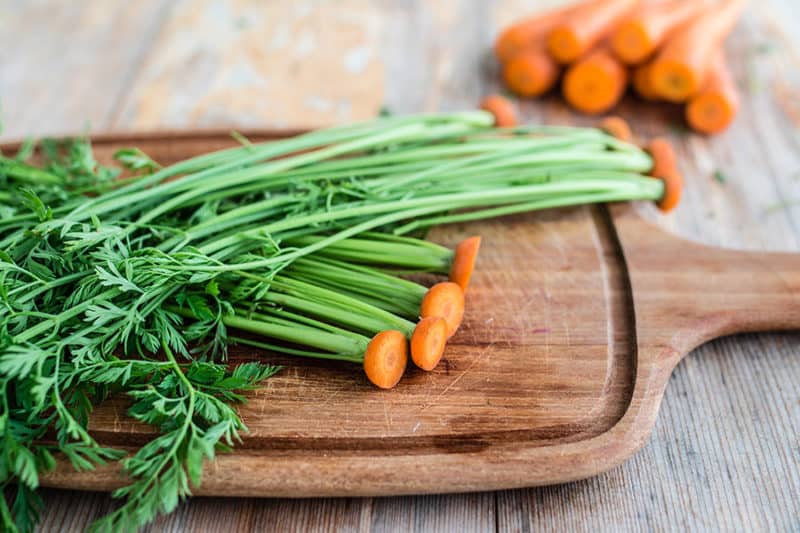
You can’t regrow a whole carrot or beet with scraps (unless you plant them back in the ground), but by placing the leftover tops of many root vegetables in water, you can regrow the leafy portions of these plants.
A lot of people ignore carrot, beet greens, and the like, but they’re nutritious and just as tasty as other leafy greens. Grow leafy greens using the tops of carrots, beets, radishes, turnips, and rutabagas.
Don’t Throw Out Those Scraps!
We all toss out veggie and fruit scraps, and while there’s nothing wrong with re-using them as compost in the yard, why not give one of these projects a go?
Sure, you may not get an entirely new plant, or it might take some time. But it can be a fun project and learning experience for the whole family, anyway.
Let us know if you try to regrow any of these scraps. We’d love to hear your experiences, leave them in the comments below.
